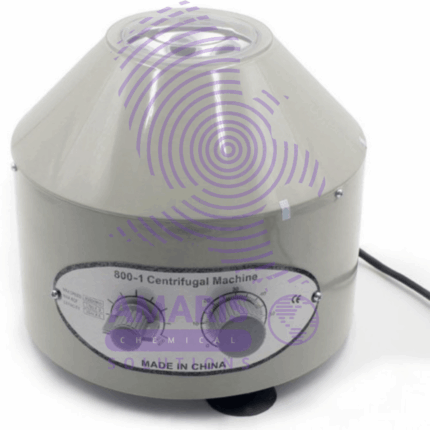
centrifudge electrical
$7,000.00 Original price was: $7,000.00.$6,500.00Current price is: $6,500.00.
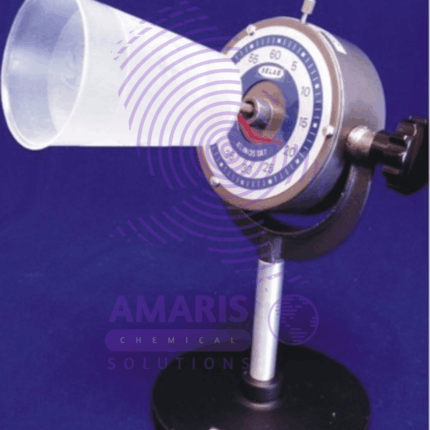
clinostat clock type
$4,000.00 Original price was: $4,000.00.$3,500.00Current price is: $3,500.00.
Clear laboratory reagent bottles
Rated 5.00 out of 5 based on 5 customer ratings
(6 customer reviews)
$900.00 Original price was: $900.00.$850.00Current price is: $850.00.
Whatsapp Order
Clear Laboratory Reagent Bottles
These are typically made of glass or plastic and are used to store and transport various chemicals, solvents, acids, bases, and other laboratory reagents. These bottles are designed to be transparent to allow easy visibility of the contents and often come with a screw cap or stopper to seal the contents securely. They are available in various sizes to accommodate different quantities of reagents and may feature wide-mouth or narrow-mouth designs depending on the intended use. Proper labeling and handling procedures are essential to ensure the safe storage and use of reagents in these bottles.
SKU:
ACS31931CHEM0
Category: LABORATORY EQUIPMENT & APPARATUS
Description
Clear Laboratory Reagent Bottles
- Storage: They are used to store various chemicals, solvents, acids, bases, and other reagents. The clear design allows easy identification of the contents.
- Transportation: Reagent bottles are often used to transport reagents between different laboratory areas or even between different laboratories.
- Dispensing: Some reagent bottles come with dropper caps or dispensing pumps, allowing controlled and precise dispensing of liquids.
- Sample Collection: They can be used for collecting and storing samples for analysis or experimentation.
- Mixing and Dilution: Reagents can be mixed or diluted directly within these bottles, allowing for easy preparation of solutions.
- Safety: Properly labeled reagent bottles help ensure that hazardous chemicals are stored safely and handled correctly, reducing the risk of accidents or exposure.
- Long-Term Storage: Certain reagents need to be stored for extended periods, and these bottles provide a suitable container for such purposes, protecting the reagents from contamination or degradation.
- Experimental Setup: Reagent bottles can be incorporated into experimental setups for various laboratory procedures, such as titrations, chromatography, and cell culture.
Reviews (6)
6 reviews for Clear laboratory reagent bottles
Add a review Cancel reply
Related products
Balance Bathroom Scale
$0.01
Balance lever
$0.01
The best definition of a balance lever is a simple machine that consists of a rigid bar or beam that pivots around a fixed point called the fulcrum. It is used to compare the weights or forces of two objects and determine if they are in equilibrium (balanced) or if one side is heavier than the other (unbalanced).
The balance lever operates on the principle of torque, where the torque (rotational force) exerted on one side of the fulcrum is equal to the torque on the other side when the system is in equilibrium. This principle is expressed by the formula: Torque = Force × Distance from fulcrum.
By placing known masses or weights on one side of the lever and an unknown weight on the other side, the balance lever can be used as a weighing scale. When the lever is in balance, the two sides are equal in weight or force. This concept has been widely used in various applications, from traditional weighing scales to more complex systems like seesaws or construction equipment.
Barlows wheel apparatus
$0.01
The Barlow's wheel apparatus is an experimental device used to demonstrate the conversion of electrical energy into mechanical energy through electromagnetic principles. It consists of a horizontal wheel or disk with radial metal spokes attached to its center. The wheel is mounted on an axle, allowing it to rotate freely.
Barometer tubes
$0.01
A barometer tube is a slender, sealed, and typically transparent tube used in barometers to measure atmospheric pressure. It is usually filled with a liquid, often mercury, but sometimes water or another fluid, which rises or falls within the tube in response to changes in atmospheric pressure. The height of the liquid column in the tube serves as an indicator of the current atmospheric pressure, with higher pressure causing the liquid to fall and lower pressure causing it to rise. This measurement helps in predicting weather changes and understanding atmospheric conditions.
bell in vacuum with air pump with plate
$0.01
A "bell in vacuum" apparatus is a scientific setup used to demonstrate the effects of reduced air pressure (vacuum) on sound transmission. It typically consists of a bell or sound-producing object enclosed within a sealed chamber from which air has been removed, creating a low-pressure environment. This apparatus is designed to illustrate how sound travels differently in a vacuum compared to in normal atmospheric conditions, highlighting the role of air molecules in sound propagation.
blow pipes
$0.01
A blowpipe apparatus is a scientific instrument used in analytical chemistry and mineralogy for conducting various tests, particularly flame tests and microchemical reactions. It typically consists of a small tube or pipette through which a controlled stream of air or oxygen is blown onto a sample being heated. This stream of air or oxygen enhances the combustion of the sample, allowing the observation of characteristic colors emitted by different elements when they are vaporized and excited by the heat. The blowpipe apparatus is often used to identify and differentiate between different elements and compounds based on their unique emission spectra and reactions.



 LABORATORY EQUIPMENT & APPARATUS
LABORATORY EQUIPMENT & APPARATUS
 Fertilizers
Fertilizers Plant Growth Regulators
Plant Growth Regulators Soil Conditioners
Soil Conditioners Animal Feed Additives
Animal Feed Additives Biostimulants
Biostimulants Dough Conditioners
Dough Conditioners Flour Treatments
Flour Treatments Fat Replacers
Fat Replacers Preservatives (baking)
Preservatives (baking)
 Surfactants (cleaning)
Surfactants (cleaning) Builders
Builders Bleaching Agents
Bleaching Agents Enzymes
Enzymes Solvents (cleaning)
Solvents (cleaning) Fragrances
Fragrances

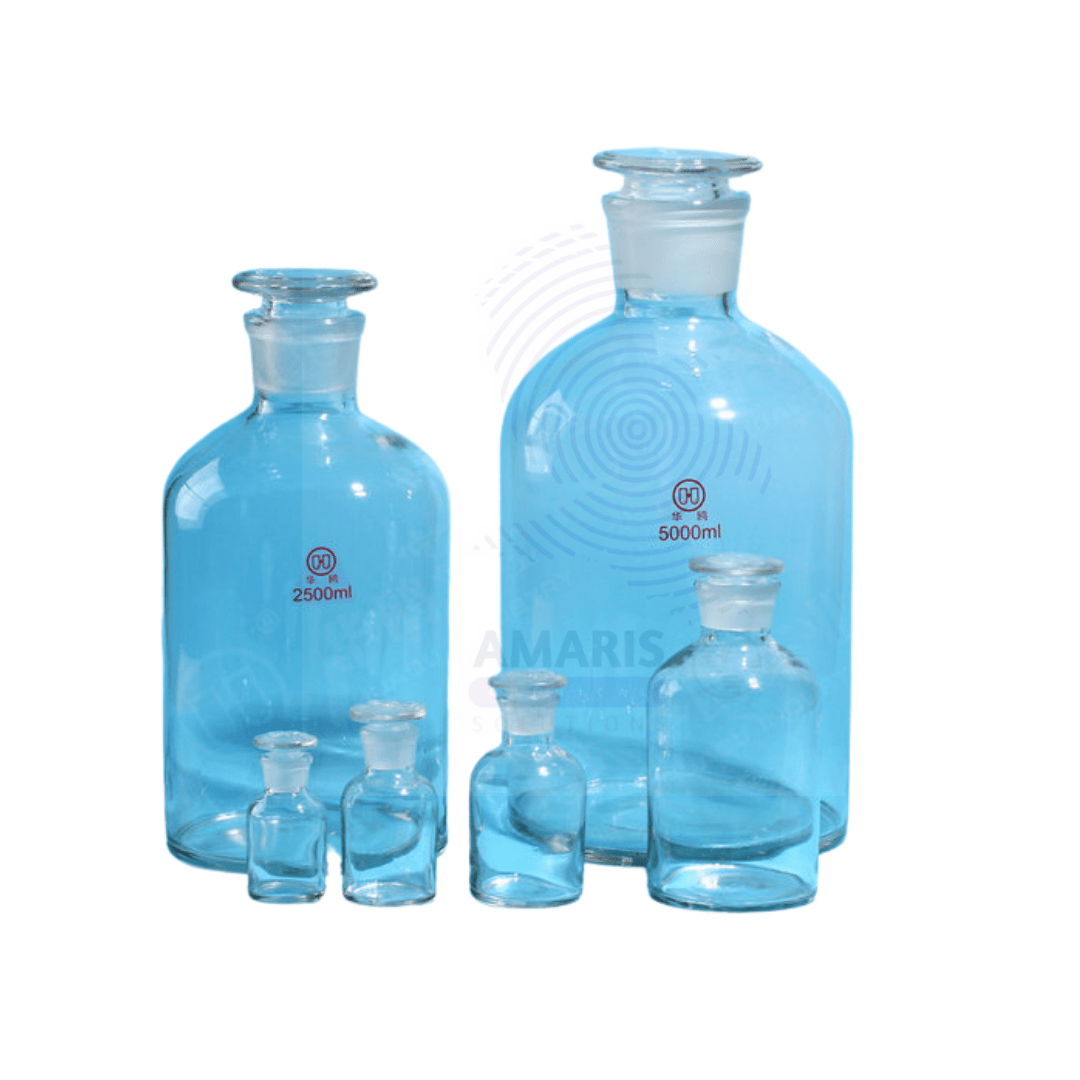


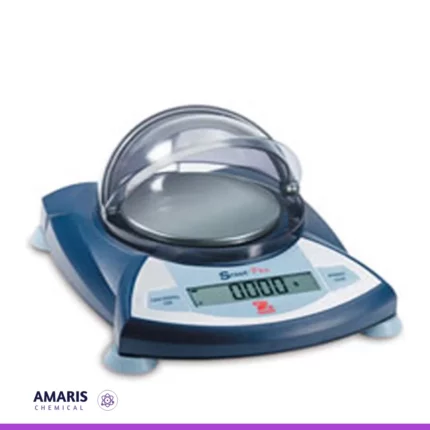
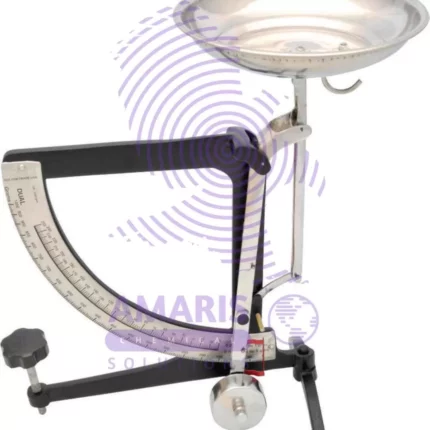
















Kimani –
Very satisfied with this reagent bottle. It’s sturdy, easy to label, and the clear glass is ideal for viewing the reagents inside. Highly recommended for any lab.
Swift –
I’ve used clear laboratory reagent bottles, and they offer practicality and reliability for storing and dispensing various chemicals and solutions.
Simon Goop –
Excellent results
Queency –
Will never doubt their effectiveness again.
Annette Debra –
The reagent bottles are so good
Elowen –
Allows for easy observation of chemical reaction